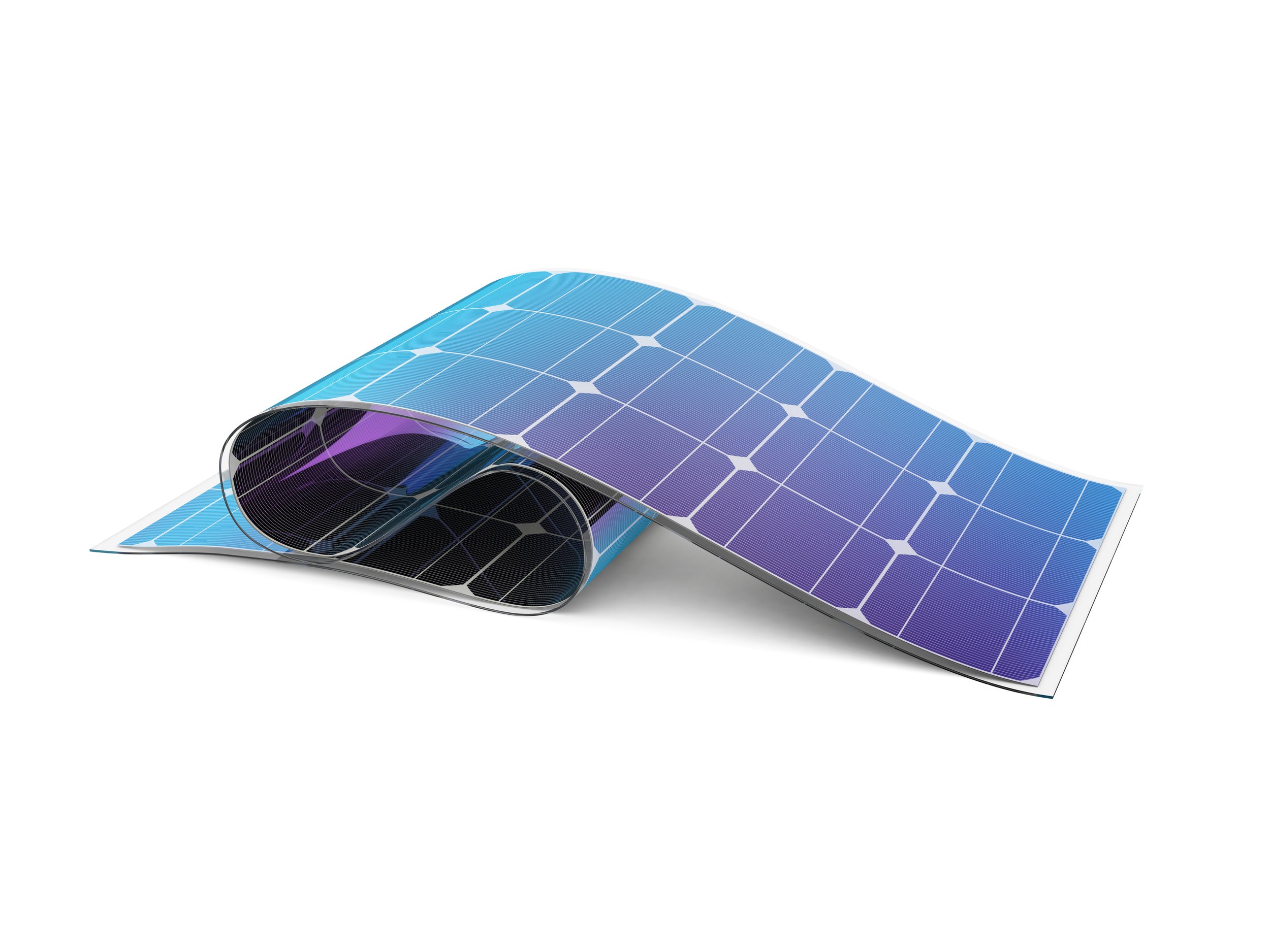Exploring Solar Panel System Components
Introduction: Solar Panel System Components
When it comes to harnessing the boundless energy of the sun, a solar panel system is a symphony of intricate components working in harmony. Each piece plays a crucial role in capturing, converting, and delivering solar power to illuminate homes and businesses. Join us as we embark on a journey through the core components that bring solar panel systems to life.
Photovoltaic (PV) Modules: The Heart of the System
At the heart of every solar panel system lies the photovoltaic module – a collection of interconnected solar cells. These modules are responsible for converting sunlight into direct current (DC) electricity through the photovoltaic effect. They come in various types, each with unique efficiency levels and design considerations.
Inverters: Transforming DC to AC Power
While solar cells produce DC electricity, most homes and businesses run on alternating current (AC). Inverters take on the role of transformers, converting the DC output from the photovoltaic modules into AC power, ensuring compatibility with the existing electrical grid and devices.
Racking and Mounting Systems: Anchoring the Sun Catchers
Sturdy racking and mounting systems provide the foundation for solar panels, ensuring they're securely affixed to rooftops or ground installations. These systems are engineered to withstand weather conditions while optimizing panel angles for maximum sunlight exposure.
Solar Batteries: Storing Excess Energy
Solar batteries act as energy reservoirs, storing excess electricity generated during peak sunlight hours. This stored energy can be used during cloudy days or at night, promoting self-sufficiency and reducing dependence on the grid.
Monitoring and Control Systems: Insights at Your Fingertips
Advanced monitoring systems allow homeowners and businesses to keep a watchful eye on their solar panel system's performance. Real-time data on energy production and consumption empower users to optimize energy usage and identify any potential issues promptly.
Electrical Wiring and Components: Connecting the Dots
The intricate network of electrical wiring, connectors, and safety components ensures seamless energy flow within the solar panel system. Proper wiring and grounding are essential to maintain system efficiency and safety.
Charge Controllers: Regulating Battery Charging
For systems equipped with solar batteries, charge controllers manage the charging process to prevent overcharging and prolong battery life. These controllers ensure that energy is stored efficiently and safely.
Grid Connection and Net Metering: Sharing the Surplus
When a solar panel system produces more electricity than is consumed, excess energy can be fed back into the grid through a process known as net metering. This not only reduces energy bills but also contributes to the overall grid's sustainability.
Energy Management Systems: A Smart Approach
Intelligent energy management systems integrate solar panel systems with home automation, allowing users to optimize energy consumption patterns and make the most of their solar-generated power.
Back-Up Generators: A Safety Net
In regions with unreliable grid access, backup generators can provide essential power during extended periods of low sunlight or grid outages, ensuring a continuous energy supply.
Frequently Asked Questions (FAQ)
-
The five main components of a typical solar system include:
Solar Panels (Photovoltaic Cells): Convert sunlight into electricity.
Solar Inverter: Transforms the direct current (DC) produced by the panels into alternating current (AC) used by most appliances.
Mounting Racks: Secure the solar panels to roofs or ground mounts.
Solar Battery Storage: Stores excess energy produced for use during non-sunny hours.
Monitoring & Control System: Helps homeowners track their solar system's performance and energy production.
-
Solar Panels (Photovoltaic Cells)
Solar Inverter
Mounting Racks
Solar Battery Storage
Monitoring & Control System
Electrical Disconnect Switch: Allows homeowners to disconnect the solar panels from the main power supply for maintenance or emergencies.
Charge Controller: Regulates the voltage and current coming from the solar panels to the battery, ensuring batteries are charged efficiently and not overcharged.
-
The basic system of solar panels involves:
Solar Panels (Photovoltaic Cells): These are
the primary components that capture sunlight and convert it into direct current (DC) electricity.
Solar Inverter: This device transforms the DC electricity produced by the solar panels into alternating current (AC) electricity, which is compatible with most home and business appliances.
Mounting Structure: This secures the solar panels either on the roof or on the ground. It's designed to position the panels at an optimal angle to capture the most sunlight.
Wiring and Electrical Components: These connect the solar panels to the inverter and then to your home's electrical system or the grid.
Monitoring System: Most modern solar installations include a monitoring system that allows homeowners to track their system's performance, energy production, and any potential issues.
Embracing the Future: Constant Evolution
As solar technology continues to evolve, so do the components that comprise a solar panel system. From more efficient solar cells to smarter energy management solutions, the journey toward a sustainable future is marked by innovation and progress.
In the grand symphony of solar energy, each component plays a vital role in orchestrating a harmonious blend of technology and nature. The result? Clean, renewable power that brightens lives while reducing our carbon footprint. As we uncover the intricacies of solar panel system components, we gain a deeper appreciation for the intricate dance between science and sustainability.





